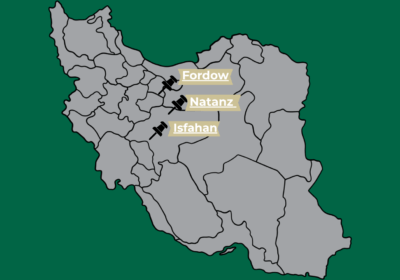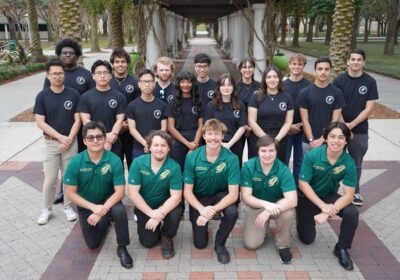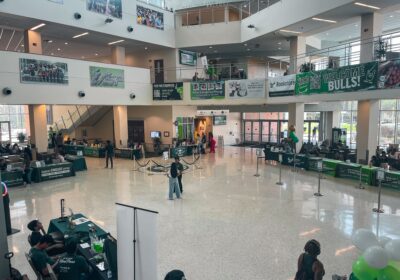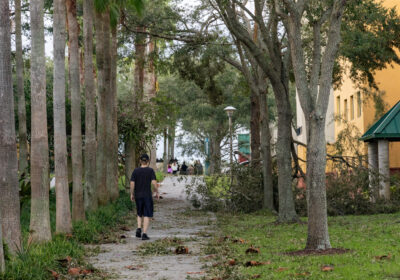Team Florida puts finishing touches on FleX House
Two years in the making, the FleX House is close to completion for an international competition.
The net-zero solar energy home is being built by USF and other Florida university architects and engineers, both students and faculty.
Team Florida, which also includes the University of Florida, Florida State University and the University of Central Florida, came together for the biennial competition called the U.S. Department of Energy Solar Decathlon. The contest challenges 20 collegiate teams to build solar-powered homes that are “cost-effective, energy-efficient and attractive,” according to its website.
The FleX House is two weeks away from being shipped to Washington, D.C., where it will compete from Sept. 23 to Oct. 2 against 19 other entries in 10 contests that judge affordability and architecture.
USF architecture faculty adviser Stanley Russell, said the entire team will go to Washington, for the competition.
He said the project is close to completion and gave Provost Ralph Wilcox a tour Thursday of the downtown Tampa construction site, which is located on Seventh Avenue.
“It’s really a tense time for us,” Russell said. “We’re in a good position, but we still have a lot of work to do. Yeah, there’s a little tension in the air, but at the same time, it feels good to be this far along.”
He said the team is still awaiting a steel shipment to create the flexible umbrella-like shading structure over the house that will keep it cool through summer months and warm through cooler months. The steel should ship today.
The photovoltaic array, a grid system of solar panels that absorbs solar energy and sends it to power utilities, was installed last week.
Dimitar Dimitrov, a graduate student in architecture, was involved in designing sliding doors and panels that allow rooms to be partitioned without losing insulation.
“It’s exciting,” he said. “I’ve learned a lot about the real-world problems (associated with constructing).”
Dimitrov said, along with Russell and others, the crew has spent most days at the site since construction broke ground in May. Beck Group, the company contracted to build the house, often has questions about how to implement the design, Russell said.
Mark Weston, a USF faculty member working on the project who teaches digital fabrication and design, was responsible for creating the initial models of the plans sent to the competition.
Using a software program called Revit, Weston and students created a 3D model of the house in 2010, along with a set of drawings that explained how to build the house.
Weston said seeing the house go from a mere conceptualization to a tangible structure has been a rewarding process.
“It’s amazing,” he said. “It’s a real example of what we’re capable of. It’s a forward-looking vision of the future where housing can actually start to relieve the energy burden we’re facing.”







